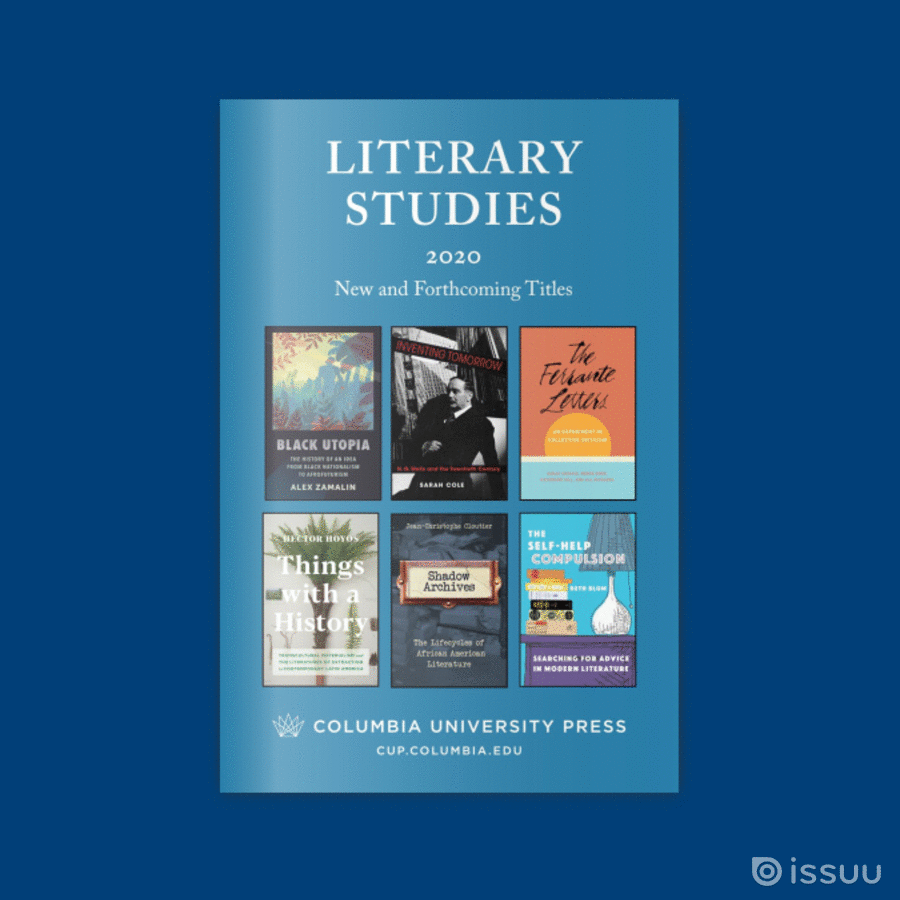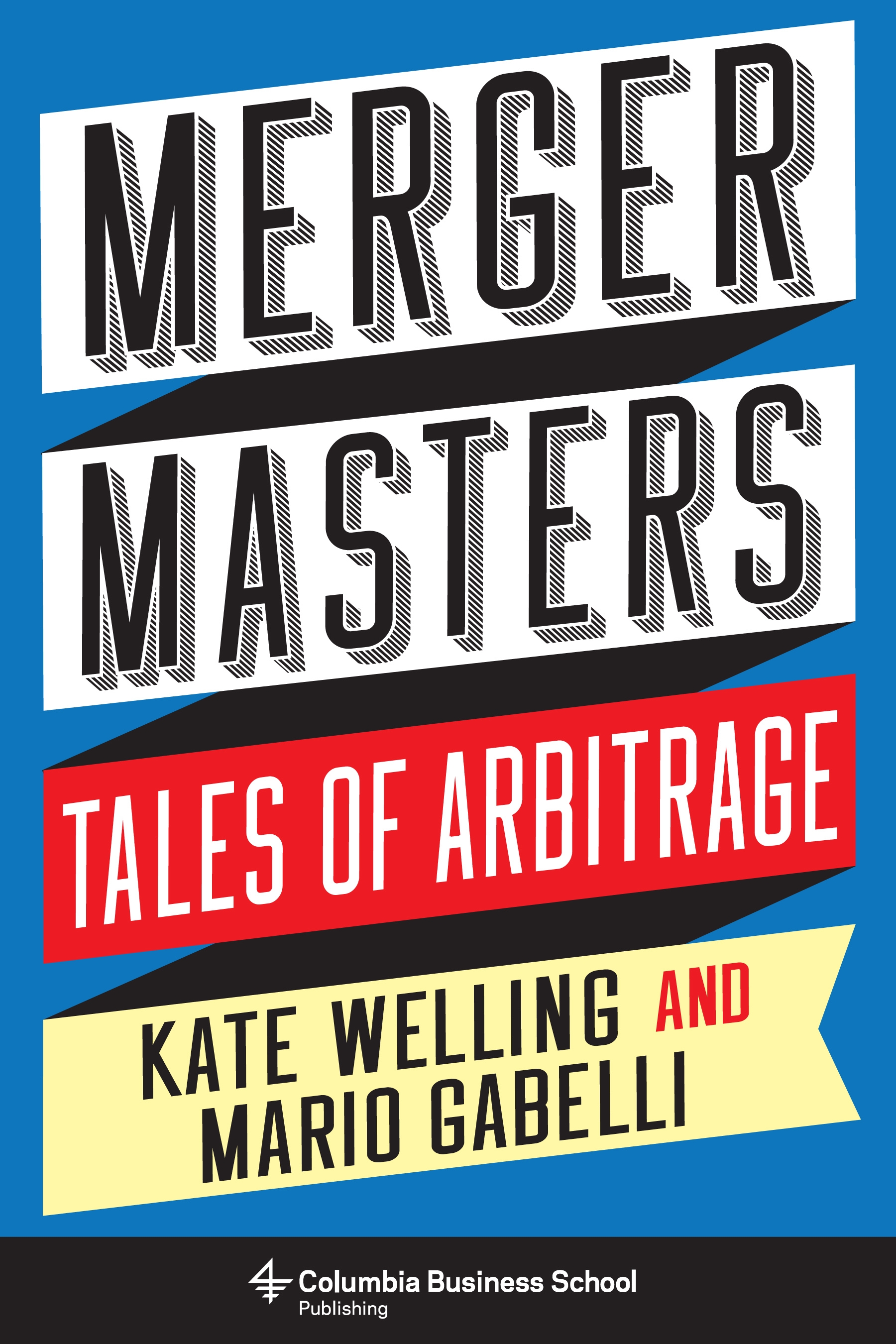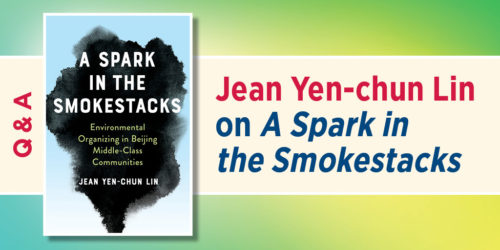Eight Books to Help You Understand the Climate Crises and What You Can do to Curtail Future Deterioration

Climate change is a global problem. The increasing temperature, shrinking ice sheets, and surge of extreme weather conditions have damaged Earth—affecting everyone that lives on this planet. Forecasts show that these effects will only get more extreme as time goes on, so understanding the current trends is crucial. These eight books will help you grasp the critical issues. This year, join the climate discourse and discover and what is being done (or should be done) and how you can help to curtail future deterioration of our planet.
• • • • • •
1. Live Sustainably Now
By Karl Coplan
Any realistic response to climate change will require reducing carbon emissions to a sustainable level. Yet even people who already recognize that the climate is the most urgent issue facing the planet struggle to understand their individual responsibilities. Is it even possible to live with a sustainable carbon footprint in modern American society—much less to live well? In Live Sustainably Now: A Low-Carbon Vision of the Good Life, Karl Coplan shares his personal journey of attempting to cut back on carbon without giving up the amenities of a suburban middle-class lifestyle. This powerful and persuasive book provides an individual-level blueprint for a carbon-sustainable tweak to the American dream.
2. Hollywood’s Dirtiest Secret
By Hunter Vaughan
In an era when many businesses have come under scrutiny for their environmental impact, the film industry has for the most part escaped criticism and regulation. In Hollywood’s Dirtiest Secret: The Hidden Environmental Costs of the Movies, Hunter Vaughan offers a new history of the movies from an environmental perspective, arguing that how we make and consume films has serious ecological consequences. Vaughan examines the environmental effects of filmmaking from Hollywood classics to the digital era, considering how popular screen media shapes and reflects our understanding of the natural world. He recounts the production histories of major blockbusters—Gone with the Wind, Singin’ in the Rain, Twister, and Avatar—situating them in the contexts of the development of the film industry, popular environmentalism, and the proliferation of digital technologies.
3. Muslim Environmentalisms
By Anna M. Gade
In Muslim Environmentalisms: Religious and Social Foundations , Anna M. Gade explores the religious and cultural foundations of Islamic environmentalisms. Gade shows how diverse Muslim communities and schools of thought have addressed ecological questions for the sake of this world and the world to come. The book brings together case studies in disaster management, educational programs, conservation projects, religious ritual and performance, Islamic law and more to rethink key theories. Gade shows that the Islamic tradition leads us to see the environment as an ethical idea, moving beyond the established frameworks of both nature and crisis.
4. The Wake of Crows
By Thom Van Dooren
The Wake of Crows: Living and Dying in Shared Worlds is an exploration of the entangled lives of humans and crows. Crows can be found almost everywhere that people are, and many species are doing well, but there are also critically endangered species that are barely hanging on to existence. Thom van Dooren explores contemporary possibilities for shared life emerging in the context of ongoing processes of globalization, colonization, urbanization, and climate change. Moving among these diverse contexts, this book tells the stories of extermination and extinction alongside the fragile efforts to better understand and make room for other species. In so doing, van Dooren explores some of the possibilities that still exist for living and dying well on this damaged planet.
5. Empowering the Great Energy Transition
By Scott Victor Valentine, Marilyn A. Brown, and Benjamin K. Sovacool
At a time when climate-change deniers hold the reins of power in the United States and international greenhouse gas negotiations continue at a slow crawl, what options are available to cities, companies, and consumers around the world who seek a cleaner future? Empowering the Great Energy Transition: Policy for a Low-Carbon Future examines trends that suggest a transition away from carbon-intensive energy sources is inevitable, yet under the status quo, change will be too slow to avert the worst consequences of climate change. Valentine, Brown, and Sovacool argue that new policies and business models are needed to surmount the hurdles separating the current consumption model from a sustainable energy future.
6. Vanishing Ice
By Vivien Gornitz
Vanishing Ice: Glaciers, Ice Sheets, and Rising Seas is a powerful depiction of the dramatic transformation of the cryosphere—the world of ice and snow—and its consequences for the human world. Delving into the major components of the cryosphere, including ice sheets, valley glaciers, permafrost, and floating ice, Vivien Gornitz gives an up-to-date explanation of current trends in the decline of ice mass. Gornitz highlights the widespread repercussions of ice loss, which will affect countless people far removed from frozen regions, to explain why the big meltdown matters to us all.
7. Drought
By Benjamin I. Cook
Water is fundamental to all life. From the Dust Bowl of the 1930s, to the extreme water shortages that have struck California in recent years, modern societies often take its abundance for granted until it unexpectedly becomes scarce. In this innovative book, Benjamin I. Cook brings together climate science, hydrology, and ecology to provide a synthetic overview of drought and its environmental and social consequences. Cook introduces readers to the hydroclimate and its components, explaining the global water cycle, the earth’s climate system, and the distribution of water resources. A scientifically comprehensive and approachable overview of water issues throughout the world, Drought: An Interdisciplinary Perspective is a critical interdisciplinary text that will be essential reading for a broad range of students in earth science and environmental and sustainability studies.
8.The Madhouse Effect
By Michael E. Mann and Tom Toles
Award-winning climate scientist Michael E. Mann and the Pulitzer Prize–winning political cartoonist Tom Toles portray the intellectual pretzels into which climate denialists twist logic to explain the Earth’s changing climate in The Madhouse Effect: How Climate Change Denial Is Threatening Our Planet, Destroying Our Politics, and Driving Us Crazy. Toles’s cartoons collapse counter-scientific strategies into their biased components, helping readers see how to best strike at these fallacies. Mann’s expert skills at science communication aim to restore sanity to a debate that continues to rage against widely acknowledged scientific consensus. The synergy of these two climate science crusaders enlivens the gloom and doom of so many climate-themed books—and may even convert die-hard doubters to the side of sound science.
Explore more books on environmental and climate science and save 30% when you order from our website by using coupon code: CUP30 at checkout!
Categories:Book ExcerptEnvironmental StudiesReading List
Tags:Anna M. GadeBenjamin I. CookBenjamin K. SovacoolClimate ChangeDroughtEmpowering the Great Energy TransitionEnvironmental StudiesHollywood's Dirtiest SecretHunter VaughanKarl CoplanLive Sustainably NowMarilyn A. BrownMichael E. MannMuslim EnvironmentalismsScott Victor ValentineThe Madhouse EffectThe Wake of CrowsThom van DoorenTom TolesVanishing IceVivien Gornitz






